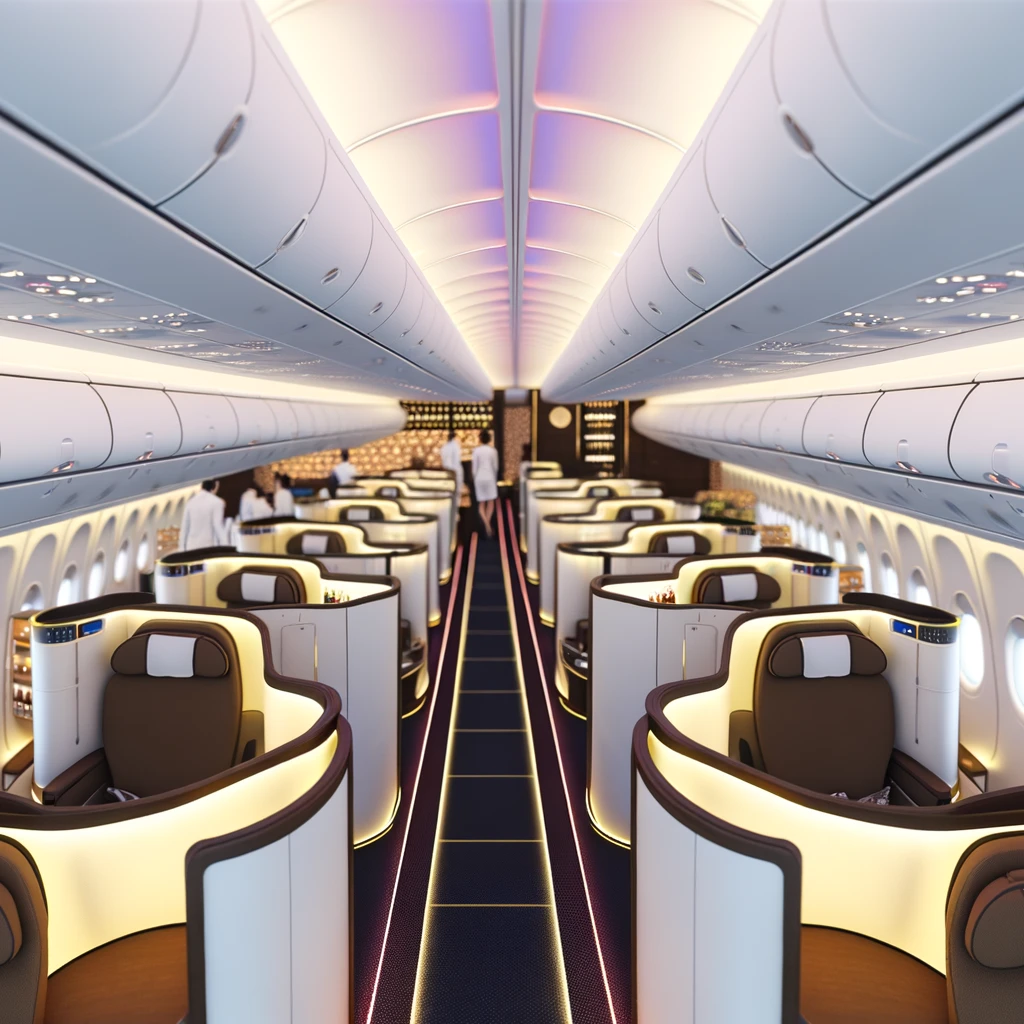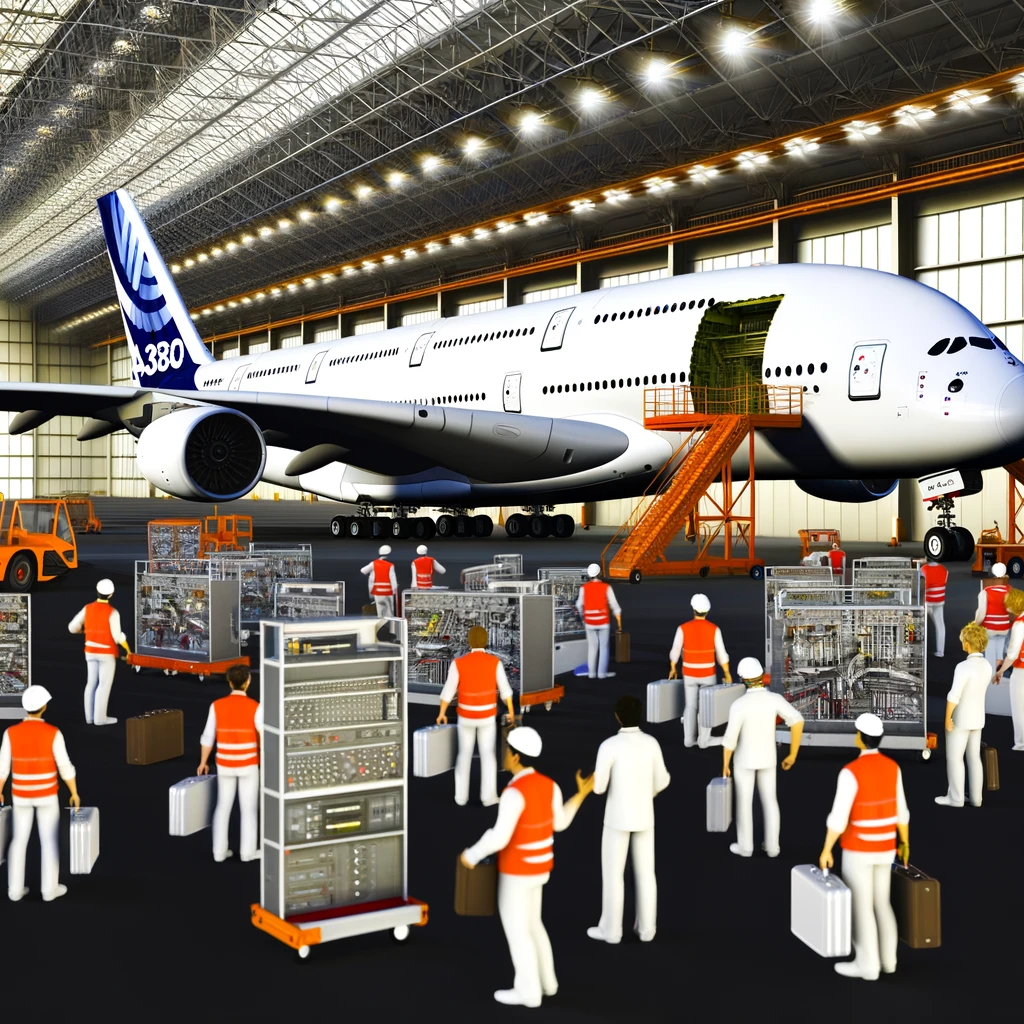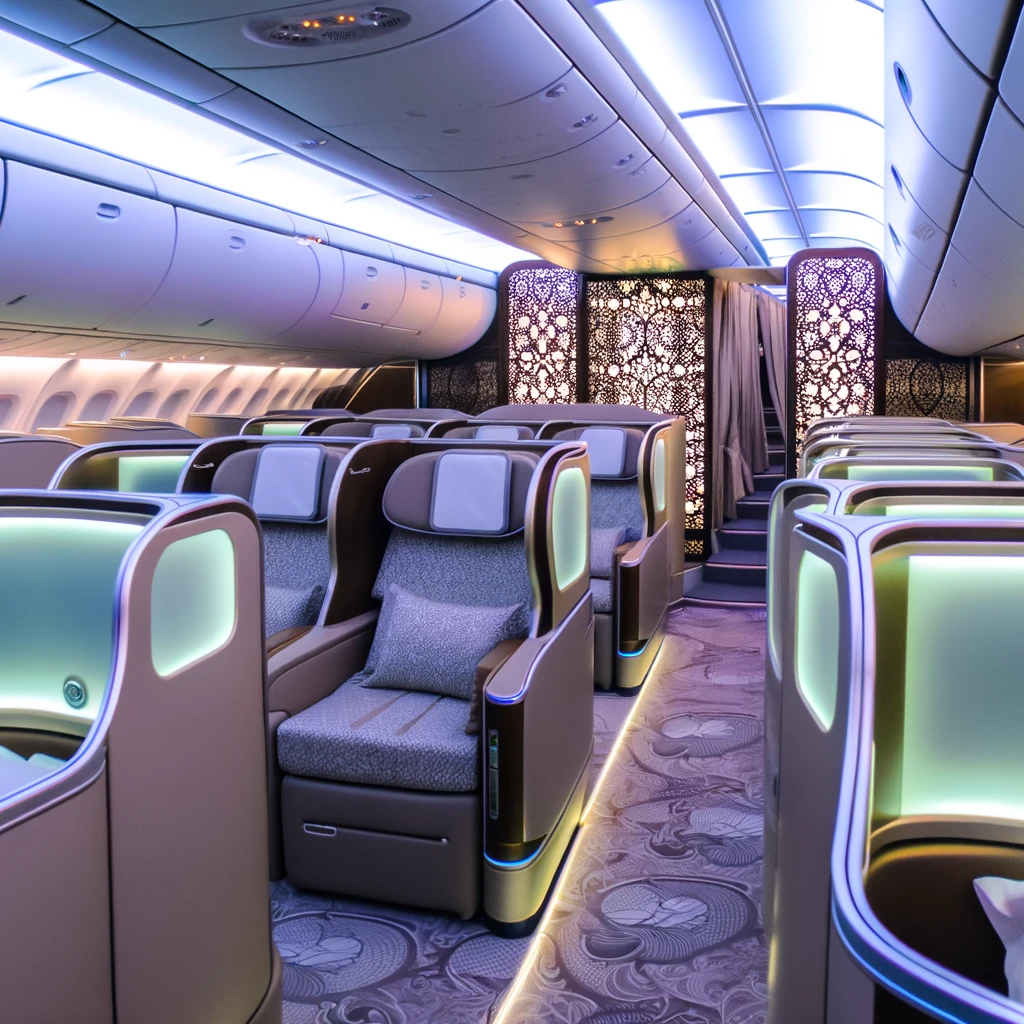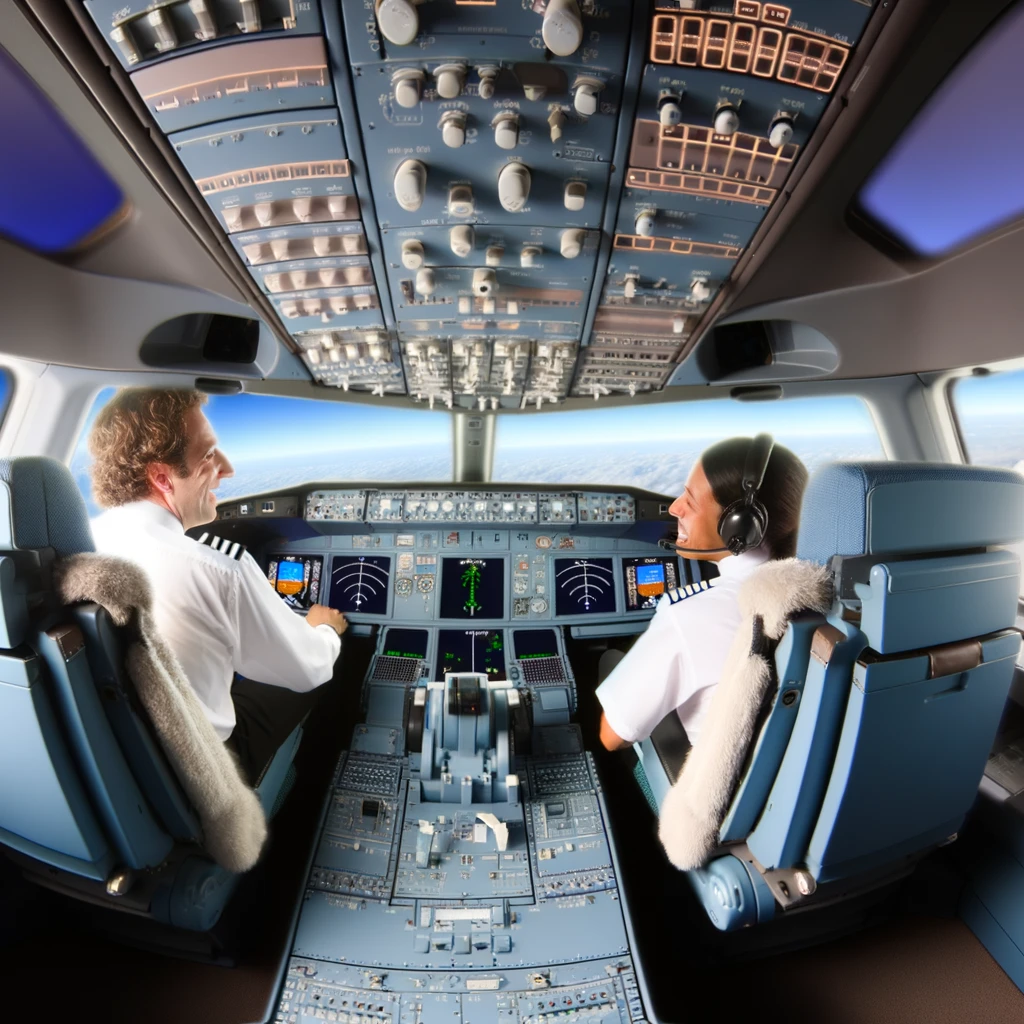
Airbus A380: The Intricacies of Its Double-Deck Design
The Airbus A380 stands as a testament to modern engineering prowess, representing the pinnacle of commercial aviation with its revolutionary double-deck design. This marvel of aeronautical engineering not only transformed the way we perceive air travel but also set new standards in passenger comfort and operational efficiency.
The Conception of the Airbus A380
Launched in the early 2000s, the Airbus A380 was developed to challenge the dominance of the Boeing 747 in the long-haul market. The double-deck design was a strategic decision, allowing for maximum passenger capacity without compromising on comfort. With a typical seating arrangement accommodating between 555 and 853 passengers, the A380 offers unparalleled space and luxury.
Key Design Features
The A380's most distinctive feature is its full-length double-deck fuselage. This design enables airlines to offer diverse seating configurations, catering to a wide range of customer needs. The aircraft also boasts advanced aerodynamics, with its massive wingspan of 79.8 meters enhancing lift and fuel efficiency.
Challenges in Double-Deck Design
The double-deck structure posed significant engineering challenges. Ensuring structural integrity while maintaining a lightweight frame required innovative materials and techniques. Airbus employed advanced composites and alloys, reducing the aircraft's weight by over 15% compared to conventional materials.
Impact on Passenger Experience
The A380 redefined in-flight comfort. The additional space allows for advanced cabin features such as quieter engines, wider seats, and more legroom. Many airlines have used this space creatively, incorporating lounges, bars, and even showers in their premium cabins.
Operational Efficiency
Despite its size, the A380 is remarkably efficient. It consumes less fuel per passenger than many smaller aircraft, thanks to its advanced engine technology and aerodynamic design. This efficiency translates into lower operational costs, making it a favorite among airlines for high-density routes.
The Future of the A380
While the production of the Airbus A380 ceased in 2021, its legacy continues. It remains a popular choice for major airlines on busy routes, and its design has influenced newer models aiming for similar passenger capacity and efficiency.
Conclusion
The Airbus A380's double-deck design has left an indelible mark on aviation history. It not only transformed the passenger experience but also pushed the boundaries of what was possible in aircraft design. As we look towards the future, the A380 will be remembered as a pioneering force in shaping the skies.
Related Articles





